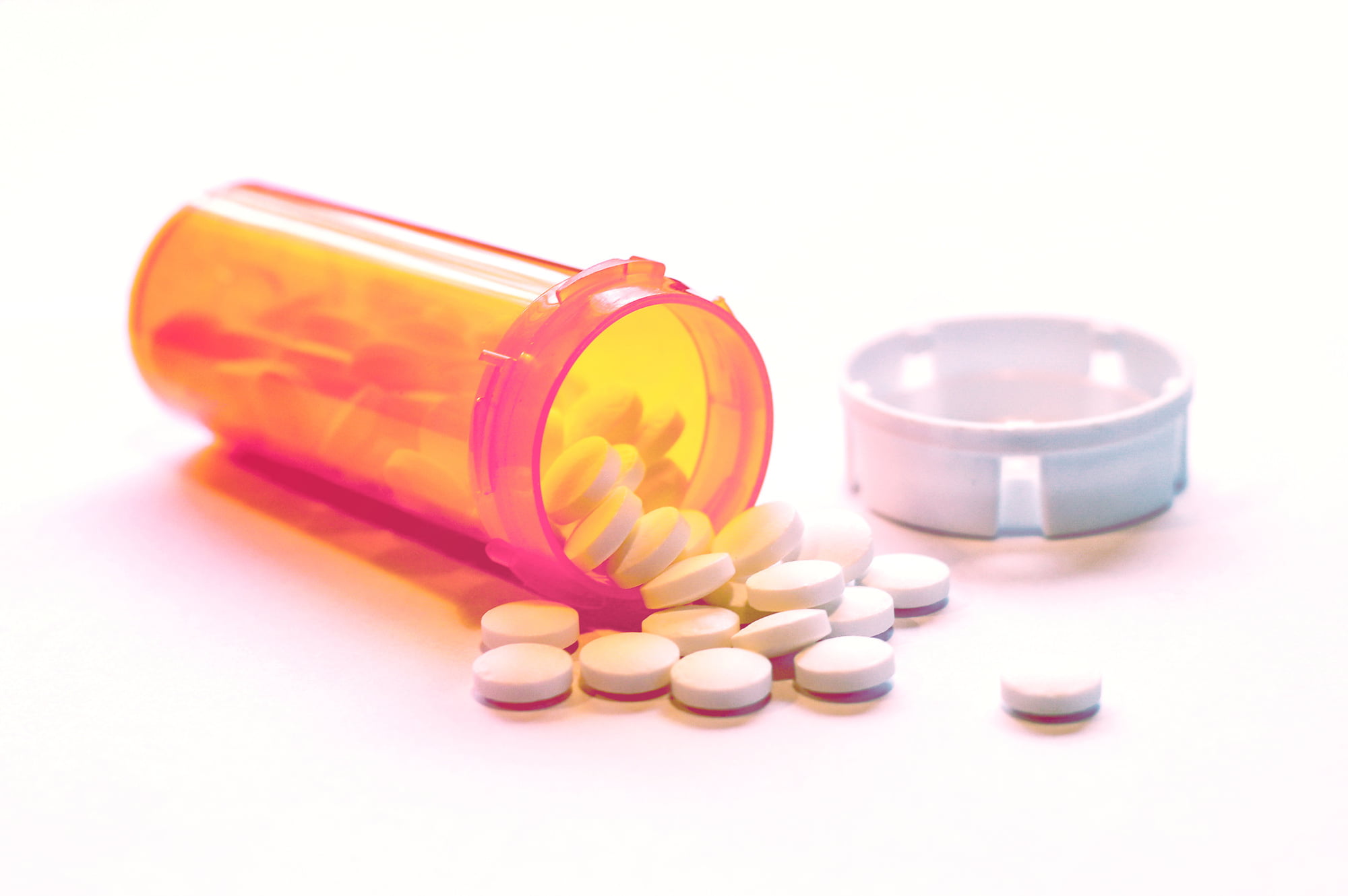5 Methadone Side Effects to Watch (and How to Treat Them)
Opioid addiction is a serious public health problem in the United States. Did you know over 115 people die every day from an accidental opioid overdose?
That’s a grim statistic. If you are suffering from substance abuse, it’s also a potentially personal outcome. This scenario, however, doesn’t have to be your fate.
Consider methadone treatment as part of your recovery process. It’s both safe and effective.
Like any medication, though, methadone has side effects, some of which are mild and some possibly severe. Below we’ll go over the 5 most common methadone side effects to watch out for. You’ll also learn how to treat them.
Read on for more information!
Facts About Methadone
Before discussing methadone side effects, let’s go over some general information on methadone treatment for opioid dependence. We’ll also see why it’s an effective treatment option for opioid withdrawal.
What Is Methadone?
Methadone was invented by German scientists during World War II. The Germans used it for pain relief when they were running out of morphine.
By 1947, methadone was being used in the United States. At first, it was seen as an all-purpose pain medication. It wasn’t until 1971 that methadone was approved as a treatment option for heroin and other opiate abuse.
How Methadone Helps Recovery
Today, methadone is one of the ways addicts can successfully gain recovery from opiate addiction. It blocks receptors in the brain affected by opioids. In this way, methadone improves withdrawal symptoms. It will also reduce or eliminate cravings.
The dread of withdrawal symptoms is a major reason why addicts are often afraid to enter rehab. By lessening or eliminating these symptoms, it also takes away a lot of the fear of recovery. The reduction of cravings is also a key component of methadone’s efficacy.
Like any drug, though, methadone side effects do occur. Let’s look below at the 5 most common ones.
1. Constipation From Methadone
First of all, take note: do not be embarrassed by this side effect. It’s common. Doctors administering your methadone treatment won’t be surprised one bit by your reports of problems in the bathroom.
Now, on to the facts.
All opioid medications, including methadone, cause constipation. It’s possible, then, that rehab patients had constipation before starting treatment. Poor diet or alcohol abuse may have masked this problem.
Alternatively, constipation can come with the methadone treatment itself. If that’s the case, this unpleasant side effect may be mild. Or, it may go away within a few days or a couple of weeks after beginning treatment.
Of course, if the constipation is severe, consult your doctor or healthcare provider. You may have an underlying condition that needs treatment.
Is there anything you can do to alleviate your methadone-induced constipation? Drinking plenty of water, eating fiber-rich foods, and getting regular exercise can help. In addition, mild constipation may be relieved by an over-the-counter (OTC) medication. These include products like:
- stool softeners
- fiber products
- enemas
- suppositories
Be careful about taking a laxative during methadone treatment, though. Mixing laxatives and methadone together can cause an imbalance in your electrolyte levels. You could end up having problems with your heart’s rhythm.
As always, consult your doctor before beginning any medication during your methadone treatment.
2. Dizziness, Lightheadedness, Drowsiness
Feeling dizzy or lightheaded is common while taking methadone. This symptom often occurs as you rise from lying down. So, be careful when getting up! Rising more slowly may help you feel better.
Also, if you’re feeling extra tired, dizzy, or lightheaded in general, take the time to lie down and rest. That may help you feel better.
Please note, however: general dizziness or lightheadedness is a normal side-effect of methadone. If you experience extreme dizziness along with chest pain and fast or pounding heartbeats, call your doctor right away. These symptoms, on the other hand, could indicate a life-threatening heart rhythm disorder.
Serious methadone side effects are more likely in patients who are weaker or malnourished.
3. Nausea or Vomiting
Nausea is a common side-effect of methadone treatment. It’s also a normal part of the withdrawal process. Just because it’s expected, though, doesn’t make it any easier!
Always take your methadone dose with food. Whatever you do, don’t take it on an empty stomach.
If you feel nauseous immediately after taking your methadone, try sucking on a mint. Again, this symptom may go away after a few days or even weeks. If not, talk to your doctor about your methadone dosage. You’ll also want to make sure your upset stomach isn’t the result of a different condition, such as a peptic ulcer.
4. Increased Sweating or Perspiration
All opiates cause increased perspiration. Methadone is no exception and may be the worst of the bunch. About half of all methadone patients report increased sweating.
But, excessive sweating is also a symptom of opiate withdrawal. Make sure you talk to your doctor if you’re experiencing other withdrawal symptoms, such as:
- body aches
- nausea
- stomach cramps
- a runny nose
Your doctor may need to adjust your methadone dose if the sweating is dramatic. If it’s soaking through your clothes, for example, make sure to report that symptom. Your doctor needs to check for an alternative underlying medical condition, such as an overactive thyroid.
Common-sense measures can help mitigate profuse sweating. These include things like:
- keeping your house cool
- wearing loose clothing
- losing weight
In fact, consistent exercise helps some people. Talcum powder and antiperspirants can also be applied, especially before bedtime. These tools may prevent the sweating from waking you up at night.
5. Headaches From Medication
Having a headache is another regular one of methadone side effects. Again, it should go away with time. But, if your headache becomes severe, you need to alert your doctor.
Wrapping Up on Methadone Side Effects
None of these methadone side effects seem fun. It’s true. They don’t, however, last forever, and, in the end, they’re much better than continuing down the dark road of opioid addiction.
Under proper medical supervision, methadone can make the withdrawal process much easier. It will also improve your chances of a complete recovery. That way, you can begin your new life.
We can help you search for safe and effective treatment options for your addiction. Please contact us at (855) 976-2092 today to find the best clinic for you. Please also check out our website for more information on methadone treatment for opioids.
Sources
[1] Opioid Overdose Crisis – NIDA. Retrieved from https://www.drugabuse.gov/drugs-abuse/opioids/opioid-overdose-crisis
[2] Payte, J. T. (1991). A brief history of methadone in the treatment of opioid dependence: a personal perspective. – PubMed – NCBI. Retrieved February 15, 2019, from https://www.ncbi.nlm.nih.gov/pubmed/1765883








Leave a Reply
Want to join the discussion?Feel free to contribute!